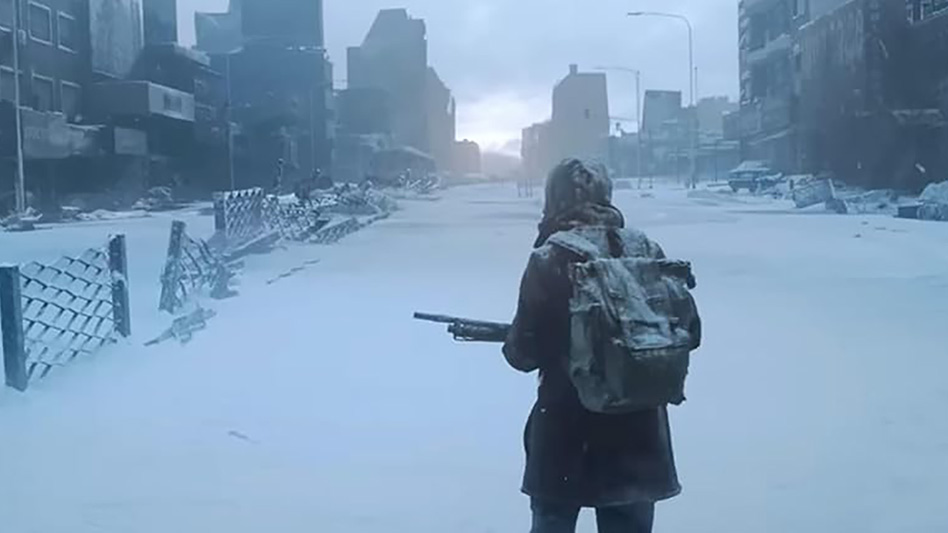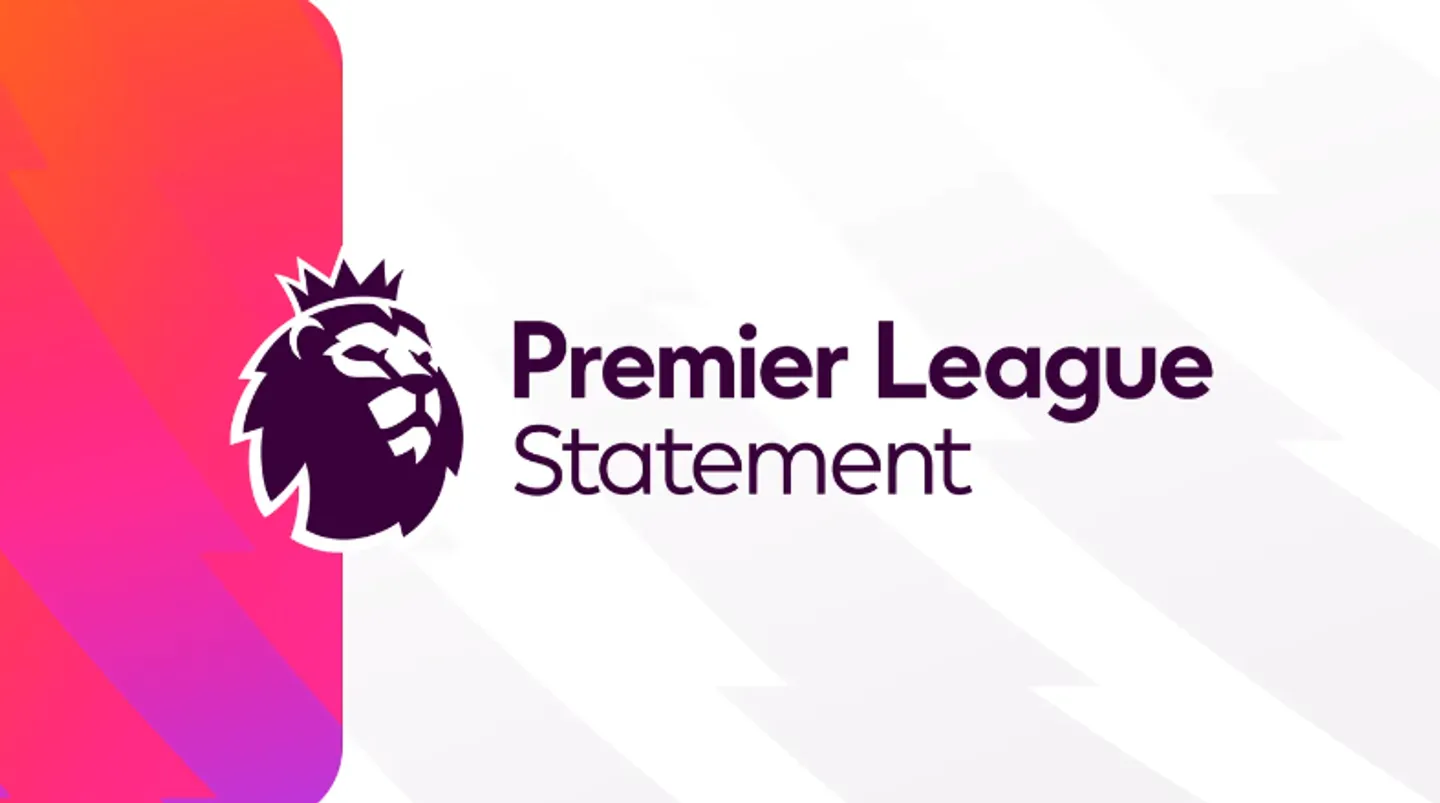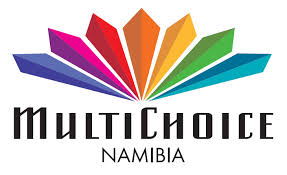Netflix is now using generative AI — but it risks leaving viewers and creatives behind
Netflix recently deployed generative AI—specifically text-to-video technology—to create a building collapse scene in the sci-fi series El Eternauta, marking its first official use of AI-generated footage in final production. The company reported the sequence was completed 10 times faster than traditional VFX methods .
While this innovation reflects a leap in production efficiency, it raises deeper psychological and creative concerns. Audiences may experience cognitive dissonance when they learn AI, rather than human artists, created parts of their entertainment—potentially undermining perceived authenticity .
The transition from conventional CGI and physical effects—entailing painstaking modeling, lighting, rigging, and manual keyframing—to generative AI’s “creative conversation” style represents a paradigm shift in visual effects (VFX) .
Economically, the stakes are high. The text-to-video AI market is projected to reach £1.33 billion by 2029, while streaming platforms like Netflix are tightening budgets—content spending dropped 4.6% in 2022 . Traditional VFX can cost thousands per minute—evidenced by an average VFX budget of $33.7 million per film in 2018—so AI’s ability to cut 10–30% of costs offers a powerful incentive . This opens doors for independent filmmakers but also threatens jobs, as 27% of global jobs face high automation risk and VFX workers already endure low job security .
Directorial precision is another casualty. Filmmaker Ascanio Malgarini, in his AI-created short Kraken, found that “full control over every detail” was unachievable, likening his role to that of a documentary editor rather than a traditional director . Audience studies reinforce this tension: while people may initially prefer AI art when unaware of its origin, revealing its AI provenance often diminishes perceptions of authenticity and creativity .
On the legal front, regulation is lagging behind. Despite hearings in the US, no federal laws yet govern AI use in entertainment, and the Generative AI Copyright Disclosure Act remains stalled . The UK is consulting on copyright reform, including an opt-out system for creators . Although 2023 Hollywood strikes secured protections for writers and actors, VFX workers remain largely unprotected .
Legal battles are mounting: over 30 lawsuits have targeted AI firms’ copyright practices, including a high-profile June 2025 lawsuit by Disney and Universal against Midjourney for alleged plagiarism . US courts remain split: some rulings undermine AI companies by rejecting fair-use defenses, while others offer partial protection .
To sum up: Netflix’s move underscores a tension between innovation and tradition. Without appropriate regulation, retraining, and creative safeguards, the industry risks advancing technologically faster than audiences, artists, and legal systems can keep up .






